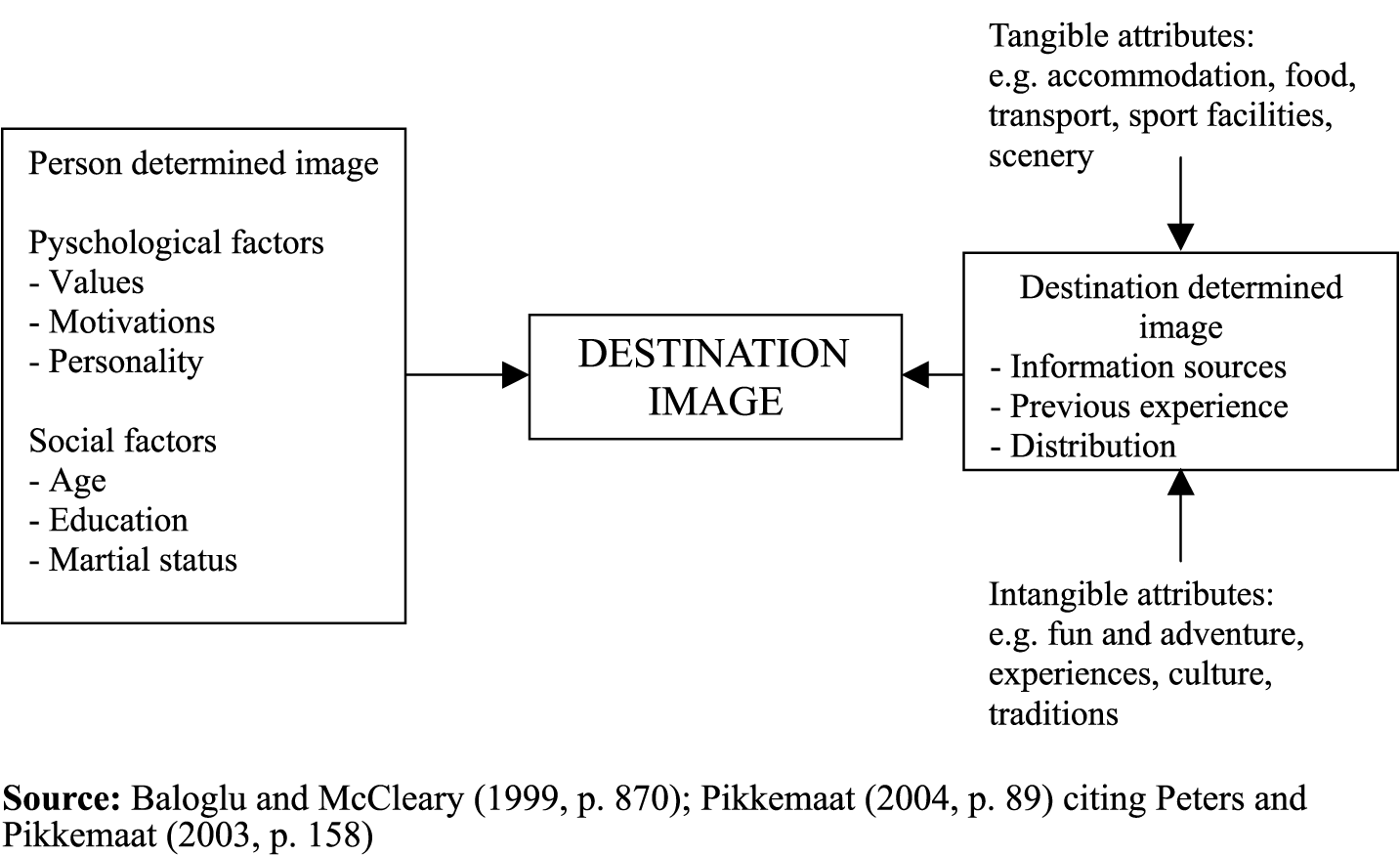
- •Image presentation-Communication and image in Tourism
- •Image and satisfaction
- •Image and decision making
- •Advertising
- •Advertising newspapers
- •Advert magazines
- •Outdoor
- •Instruments
- •Press release
- •Press Conferences
- •Fam trip
- •Direct Marketing
- •Publications and promotion materials
- •Sponsorship
- •Travel Trade Shows and promotional events
Image presentation-Communication and image in Tourism
The image of a country, region, city or area plays a fundamental role in the possibilities of its tourism development.
Concept of image or service -“the set of perceptions, beliefs, knowledge, ideas and expectations that a person or group of people have regarding a certain geographical area” (Serra, Freyer, Garau, 2002).
Stereotype as a way of interpreting reality in a simplified way works easily in this type of images, as the image a person has of a country is necessarily very simple in relation to the complex reality that makes it up.
According to Gartner: cognitive, affective y conative
According to Gunn: organic e induced images
According to Phelps: primary and secondary
According to Fakeye y Crompton: organic, induced and complex


The image of a country or tourist destination varies over time. Nevertheless, change is normally produced very slowly. The changes in image of certain tourist destinations can only be detected in the long term, unless the change is produced due to especially dramatic events, such as acts of terrorism, natural disasters, etc.
Exceptions
Positive
3300
Expo
Negative
Wars
Natural disasters
Health problems

Push and pull
Image is determined by two types of agents:
Those known as push are the ones that are found inside us (motivations, desires, feelings) and these “push us” towards a feeling.
Those called “pull” are the ones that come from outside (advertising, the media, personal contacts).
Several forces
“personal images may not only be influenced, but rather manipulated and created by forces outside the individual. Here is an opportunity for the tourism industry. In practice, however, it must be admitted that these personal images are created more often than not as a result of a tourist’s general exposure to the media (an area over which the tourism industry has no control) than due to the promotional activities of tourist organizations” (Goodall, 1988)
Tools of change
Advertising, sponsorship and patronage actions
Information services through overseas offices and offices in the destination itself
PR actions: such as ratings and press conferences, organization of events or trips for tour operators, travel agents or journalists
Participation in tourism fairs and organization of workshops to promote the destination
Publishing pamphlets and other promotional material
Direct marketing and e-marketing actions
Contradictory forces
However, it is necessary to take into account the fact that an attempt at transmitting a favourable image on behalf of companies and institutions clashes with the intermediation of the source market, which often presents an image that contrasts with the one promoted by the tourist area (Stabler, 1990)
The image as a marketing variable
The objective reality of the destination is not necessarily the determining factor in a tourist’s decision (Chon 1990). The image a would-be tourist has of this destination is on many occasions as important as this objective reality.
The tourism product
Evidently, image plays a fundamental role in the purchasing process not only as regards vacations. What happens is that the tourism product or service has some features that make the role that image plays in its marketing more important. It is different from many other products or services as it is intangible, heterogeneous, perishable and inseparable.
The Tourism Product
Natural and artificial attractions of the destination
Facilities and services available in the destination: accommodation, recreational activities, etc.
Accessibility to the transport infrastructure, travel modes, hospitals etc.
Images of the destination, which influence tourist expectations
Total price
